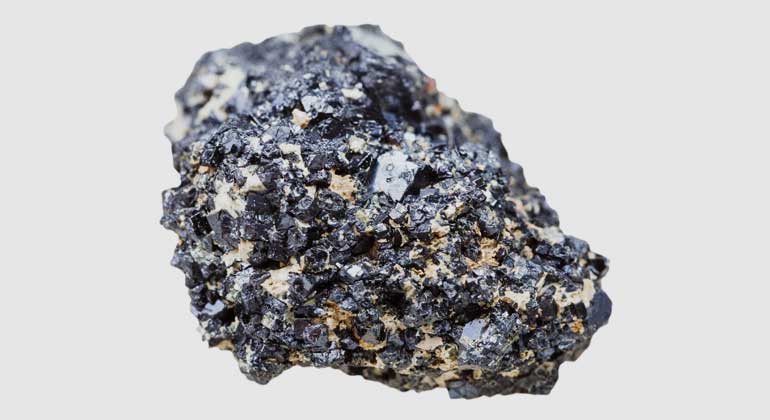Ultrathin protective layer brings quite a bit more stability to perovskite solar cell
The addition of a few nanometers of a thin layer of aluminum oxide protects a perovskite solar cell against humidity – still a major stumbling block to the commercial application of this new type of solar cell.
A surprising bonus is a yield boost of 3 percent. These are the findings of researchers at Eindhoven University of Technology and research institute ECN, part of the Solliance collective, published today in the journal Energy and Environmental Science.
Solar cells made from perovskite have undergone rapid development in recent years. Perovskite is a mineral that has the same crystal structure as calcium-titanium-oxide (CaTiO3). The yield of this type of solar cell has risen to 22% in just a few years. A drawback for the moment, though, is the damaging effect of humidity: water vapor from the atmosphere reacts with the perovskite crystals causing a considerable reduction in the yield over time. This instability is a stumbling block to successful commercialization.
Anti-humidity protection
In the findings just published, the researchers have covered the sensitive layer of perovskite with a few atomic layers of aluminum oxide to protect against degradation caused by humidity. These layers are contained within the solar cell, between the layers of perovskite and electric contact. The researchers opted for aluminum oxide (Al2O3) since it can form immediately on any kind of surface. “Although Al2O3 has electrically insulating properties, it can still be used as a buffer layer between the semi-conductive perovskite and the conductive contacts by limiting the thickness of the layer to one nanometer or less,” says FOM PhD student and first author Dibyashree Koushik (TU/e group Plasma and Materials Processing). “Charge carriers can then tunnel electrically through the insulator layer.”
Comparing layer/no layer
Once manufactured, whereby thin layers were applied with precise composition by atomic layer deposition (ALD), the researchers compared the stability of these cells with identical cells without this layer. The complete cells were not given any further protection against humidity with sealed packaging. Two months after being exposed to a humid atmosphere the cells containing the Al2O3 layer reached 60-70% of their original yield while the reference cells managed only 12%.
Higher yield
Moreover, the layer boosted the yield from 15% to 18%. “That was an extra bonus for us,” leader of the study prof.dr. Ruud Schropp (TU Eindhoven) says. “We had not expected this and we cannot exactly explain why it is. But we will certainly be investigating.” Whether the layers will raise the perovskite cell record is difficult to say, according to Schropp. “They are constructed in a completely different way to the simple, scalable structure we chose. But the stability will very probably also increase in those cells.”
Broad range
The fact that the protective aluminum oxide layer is not incorporated on the outside, as often attempted by other researchers, also makes it possible to apply a broad range of materials on both sides of the solar cell and allows the maximum penetration of light in the perovskite layer and thereby the optimum utilization of electrical current. Schropp: “All this and more robust use of the cells.”
Reference
D. Koushik, W.J.H. Verhees, Y. Kuang, S. Veenstra, D. Zhang, M.A. Verheijen, M. Creatore, and R.E.I. Schropp, High-Efficiency Humidity-Stable Planar Perovskite Solar Cells Based On Atomic Layer Architecture, Energy and Environmental Science (5 december 2016). The study was co-funded by the FOM Foundation.








